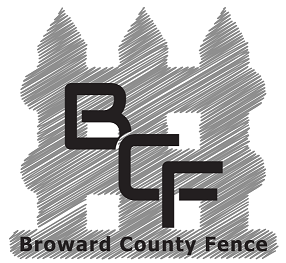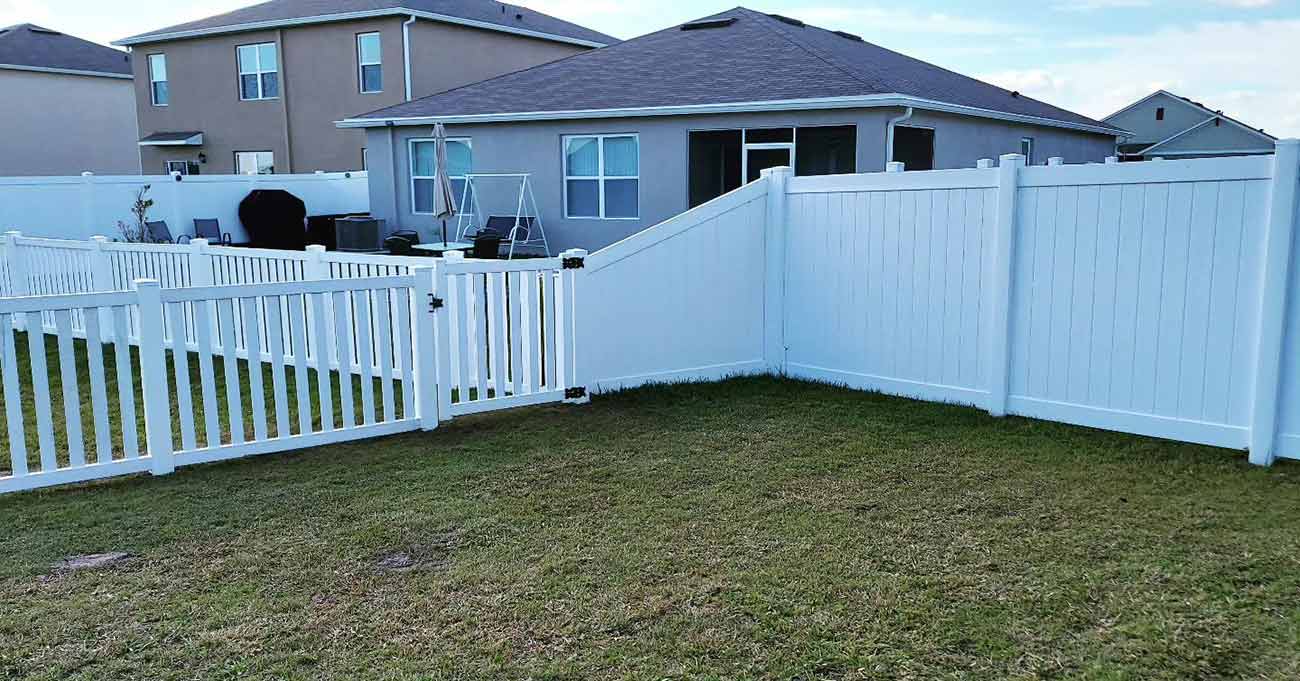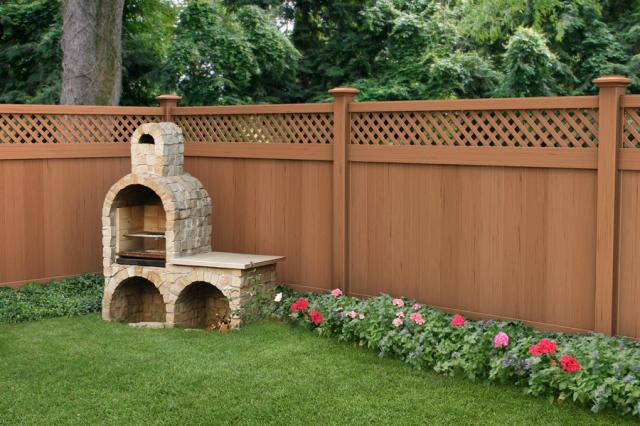Building a fence on a property line in Florida requires careful consideration of zoning regulations, local ordinances, and homeowners’ association rules.
Before embarking on any construction, it is essential to understand the legal requirements and obtain the necessary permits and permissions. This article aims to provide an informative and detailed overview of the process involved in building a fence on a property line in Florida, ensuring compliance with the law and minimizing potential conflicts with neighbors and regulatory authorities.
Zoning regulations and local ordinances play a crucial role in determining the specifications and restrictions for building a fence on a property line in Florida. These regulations vary depending on the specific county or municipality, and it is important to familiarize oneself with the applicable rules.
Factors such as fence height, location, materials, and setback requirements are typically addressed in these regulations, which are designed to maintain the aesthetic appeal of the neighborhood, ensure public safety, and protect the rights of neighboring property owners.
In addition to zoning regulations, homeowners’ association rules often govern the construction of fences in residential communities.
Homeowners’ associations typically have their own set of guidelines and restrictions regarding fence design, height, and materials.
It is crucial to review these rules before commencing any construction, as failure to comply may result in fines or other legal consequences.
Effectively communicating with neighbors about the fence project is also important, as their consent or cooperation may be required, and addressing any concerns they may have can help avoid potential disputes.
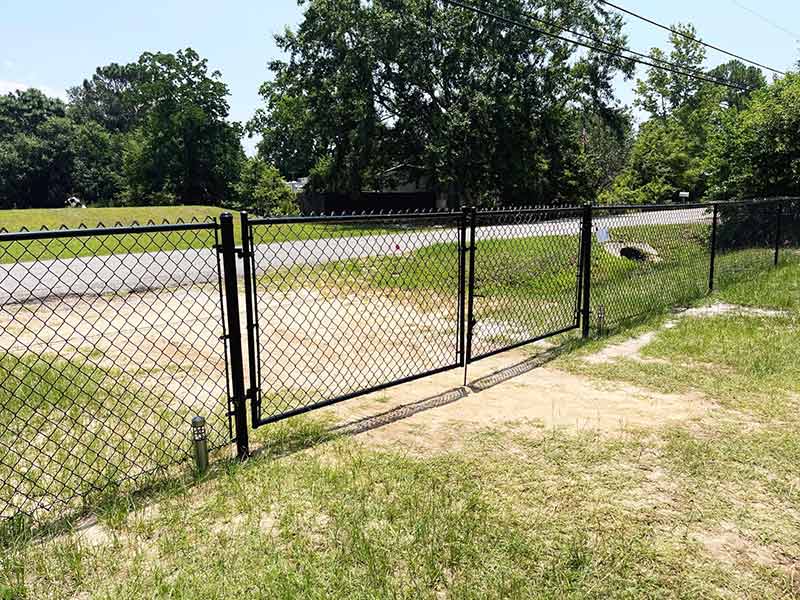
Overall, building a fence on a property line in Florida requires a thorough understanding of the legal requirements, compliance with zoning regulations and homeowners’ association rules, and effective communication with neighbors to ensure a smooth and legally sound construction process.
Understand Zoning Regulations and Local Ordinances
Understanding zoning regulations and local ordinances is essential when considering building a fence on a property line in Florida. Property boundaries are a crucial aspect to consider before erecting a fence. It is imperative to determine the exact location of the property line to ensure that the fence does not encroach on neighboring properties. This can be done by consulting property surveys or obtaining a plot plan from the county property appraiser’s office. By understanding the property boundaries, one can determine the appropriate placement of the fence to avoid any legal disputes with neighbors.
In addition to property boundaries, it is crucial to be aware of the legal restrictions imposed by zoning regulations and local ordinances. Zoning regulations dictate how land can be used in specific areas, including residential, commercial, or industrial purposes. These regulations often include guidelines regarding the height, material, and placement of fences.
Local ordinances may further specify the requirements for building a fence, such as obtaining permits or adhering to setback requirements. It is imperative to familiarize oneself with these regulations to ensure compliance and avoid potential fines or legal consequences. By understanding the zoning regulations and local ordinances, individuals can make informed decisions about building a fence on their property line while adhering to legal requirements. Is 2 Feet Deep Enough For Fence Posts In Florida?
Review Homeowners’ Association Rules
Reviewing the rules of the homeowners’ association in Florida would be beneficial to determine the regulations surrounding the construction of a barrier on the property’s boundary. Homeowners’ associations, commonly known as HOAs, are organizations that establish and enforce rules and guidelines for properties within a specific community or neighborhood. These rules often include restrictions on the type, height, and location of fences or barriers that can be built on a property. To gain a better understanding of the legal restrictions and requirements, homeowners should consult the HOA’s governing documents, such as the Declaration of Covenants, Conditions, and Restrictions (CC&Rs) or the association’s bylaws.
To provide a visual representation of the information, the following table illustrates some examples of common regulations that homeowners’ associations may have regarding fences:
| Regulation | Description |
|---|---|
| Height Limit | Specifies the maximum allowable height for fences or barriers on the property. |
| Material Restrictions | Determines the type of materials that can be used for constructing fences. |
| Setback Requirements | Specifies the minimum distance between the fence and the property line or neighboring homes. |
It is important to note that these regulations can vary significantly between different homeowners’ associations. Therefore, it is crucial to carefully review the specific rules and regulations of the HOA in question. In some cases, homeowners may also need to consult professional advice, such as a lawyer or a surveyor, to fully understand the legal implications and potential restrictions associated with building a fence on their property line in Florida.
Communicate with Neighbors
Engaging in open and respectful communication with nearby residents can facilitate a comprehensive understanding of communal perspectives regarding the establishment of a physical demarcation for one’s residential area.
When considering the installation of a fence on the property line, it is essential to communicate with neighbors to discuss any concerns or objections they may have. By initiating a conversation, homeowners can address issues such as potential obstruction of views, shared maintenance responsibilities, and the preferred type and design of the fence.
This open dialogue can help foster a sense of community and cooperation, ensuring that the installation of the fence is done in a manner that respects the interests and preferences of all parties involved.
When establishing boundary markers, it is crucial to be aware of the legal implications. In Florida, property owners have the right to construct a fence on their property line, as long as it adheres to local zoning regulations and any restrictions imposed by homeowners’ associations.
It is advisable to consult local ordinances and the community’s governing documents to understand any specific requirements or limitations regarding fence installation. Additionally, it is important to ensure that the fence does not encroach on neighboring properties or violate any easement rights.
By familiarizing oneself with the legal aspects, homeowners can avoid potential conflicts and legal disputes with neighbors, ensuring a smooth and lawful installation process.
Obtain Necessary Permits and Permissions
Acquiring the necessary permits and permissions is crucial when considering the establishment of a physical demarcation for one’s residential area, ensuring compliance with local regulations and maintaining a harmonious relationship with neighbors. Before beginning any construction work, it is important to consult the local building codes and regulations in Florida.
These codes outline specific requirements for fence construction, such as height limitations, materials allowed, and setback distances from property lines. By following these regulations, homeowners can avoid potential legal issues and ensure that their fence is built in a manner that is safe and in compliance with the law.
In addition to understanding the building codes, it is also essential to obtain a property survey. A property survey provides an accurate depiction of the property boundaries, ensuring that the fence is built within the homeowner’s property line. This is important to prevent any encroachments onto neighboring properties, which can lead to disputes and potential legal actions.
By obtaining a property survey before constructing the fence, homeowners can avoid any unintentional violations and maintain a positive relationship with their neighbors. It is advisable to consult with a professional surveyor to conduct the survey and provide accurate measurements and marking of property boundaries. Can You Install Your Own Fence in Florida?
Frequently Asked Questions
What are the penalties for building a fence without the necessary permits and permissions?
Unauthorized fence construction can result in penalties such as fines and the requirement to remove the fence. Additionally, it may negatively impact property value due to potential legal disputes and non-compliance with local regulations.
Can I build a fence higher than the maximum height allowed by local ordinances in Florida?
Florida has specific regulations regarding fence height, which are set by local ordinances. Building a fence higher than the maximum height allowed by these regulations may result in legal consequences.
Are there any exceptions or special considerations for building a fence on a corner lot in Florida?
When building a fence on a corner lot in Florida, it is important to consider setback requirements. These requirements ensure that the fence is set back a certain distance from the lot lines to allow for visibility and traffic safety.
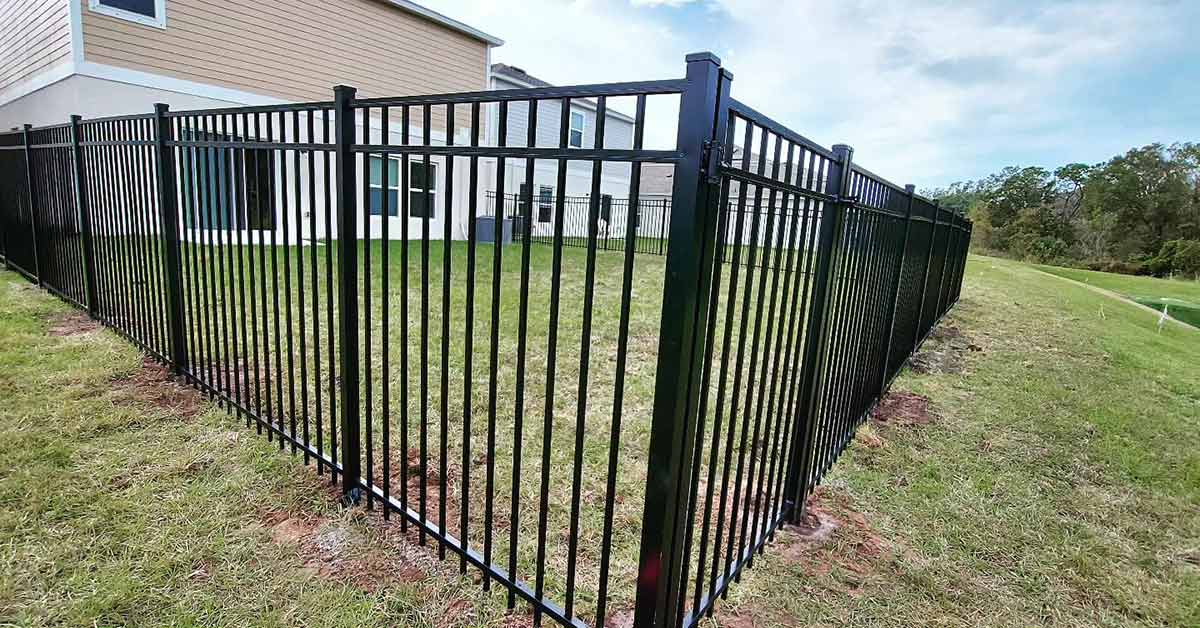
Can I build a fence that encroaches slightly onto my neighbor’s property line in Florida?
Easement rights and legal implications arise when a fence encroaches onto a neighbor’s property line in Florida. Such encroachments may result in legal disputes and potential legal actions, requiring resolution through negotiation, mediation, or court intervention.
Are there any specific materials or design restrictions for fences in Florida?
Specific materials for fences in Florida may include wood, vinyl, or metal. Design restrictions may involve height limitations, visibility requirements, and setback distances from property lines. These regulations aim to ensure safety, aesthetics, and property rights.
Contact us on (954) 369-5506 for a free survey and quote.
You can also email us: info@browardcountyfence.com or view our website at https://browardcountyfence.com.
